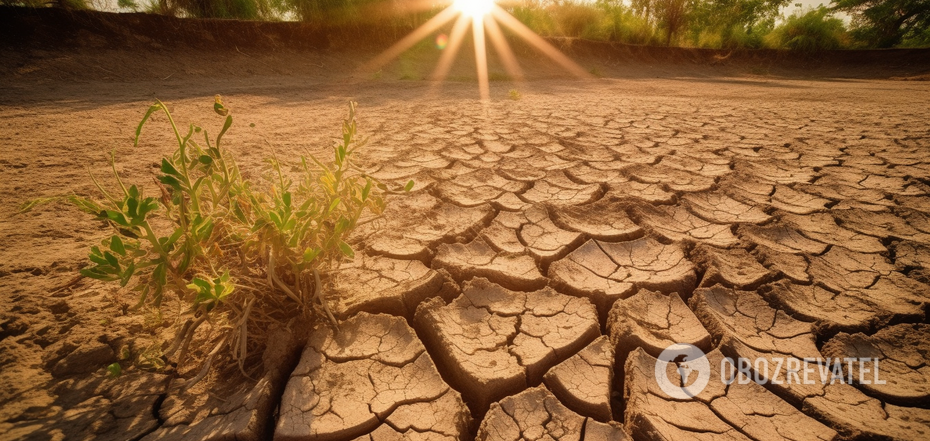Life
How to protect garden plants from extreme heat: useful tips
Simple tips will help save plants from the summer heat. It is pointless to water flowerbeds and beds frequently, but little by little, as this simply creates a hard crust on the surface of the earth, and moisture does not enter the root system.
It is also important to observe the temperature indicators. Too cold water can be stressful for plants. The temperature during irrigation should be around 18 degrees, and the water from the tap should be pre-settled and heated in the sun. Experts from Lifehacker have told us how to protect plants in the garden from the heat.
Tip 1
Mulching will help plants survive the hottest summer days. Mulch is essential for maintaining hydration. A little straw, wood shavings, or any organic mulch will create a reliable protective layer and help retain moisture in the ground.
Tip 2
Use shade cloth selectively and wisely. Experienced gardeners say that 50% of the shade cloth will block 50% of UV rays. Plants need free air flow, so do not lower the shade cloth too low to the bed.
Tip 3
Solanaceous plants can suffer from minor sunburn, but they do not need shade, as they grow and develop well in full sun. Peas, annual flowers, irises, peonies, roses and lilacs also do not need to be covered.
But blueberries, blueberries, currants, red currants, raspberries and blackberries should be protected from the bright sun - they are prone to severe burns. Salad plants and cabbage are particularly vulnerable.
Tip 4
Watering during the peak hours of heat will not be beneficial. It is better to moisten the soil in the morning or evening. However, if you do not have the opportunity to heat the water (for example, by insisting it in a barrel during the day), you can water during the day so that the ground warms up before sunset. Water not on the leaves, but under the root. Experts advise sprinkling the dried bed with water, waiting until the moisture is absorbed, and only then start watering abundantly.
Tip 5
Waterlogging will lead to rotting of the root system and the appearance of fungal diseases. In wet soil, acidity increases and fungal spores begin to multiply, depriving the roots of oxygen.
By the way, you can organise drip irrigation with your own hands, and by maintaining the right humidity, you can increase the yield by up to 40%. The main thing is that the irrigation system does not come into direct contact with the plant, but only irrigates the soil. Read how to organise an irrigation system in the article.
Earlier, OBOZREVATEL told when and how often to water vegetables in the garden.
Subscribe to OBOZREVATEL's Telegram, Viber and Threads channels to keep up with the latest developments.



























